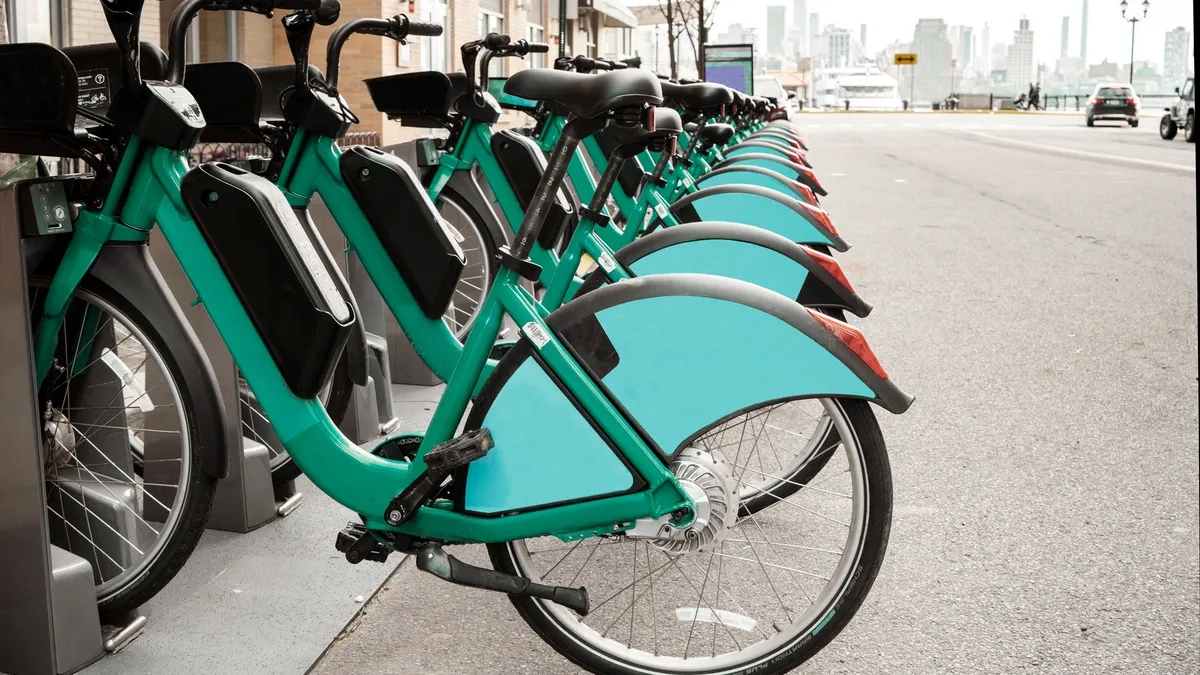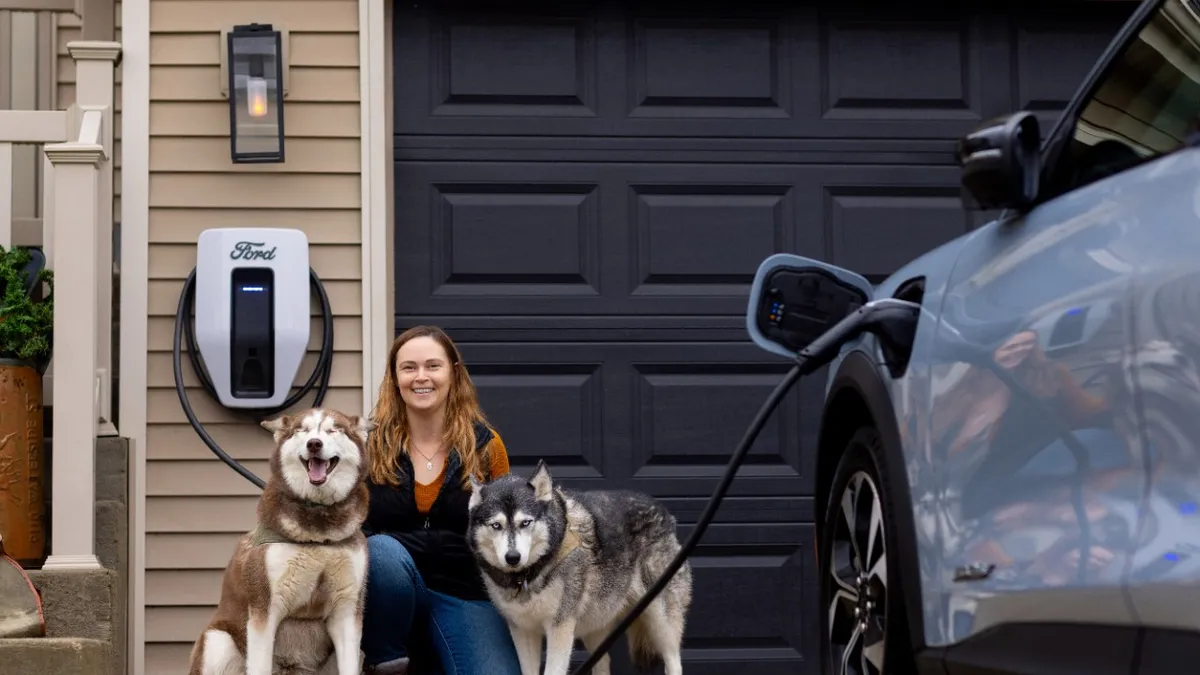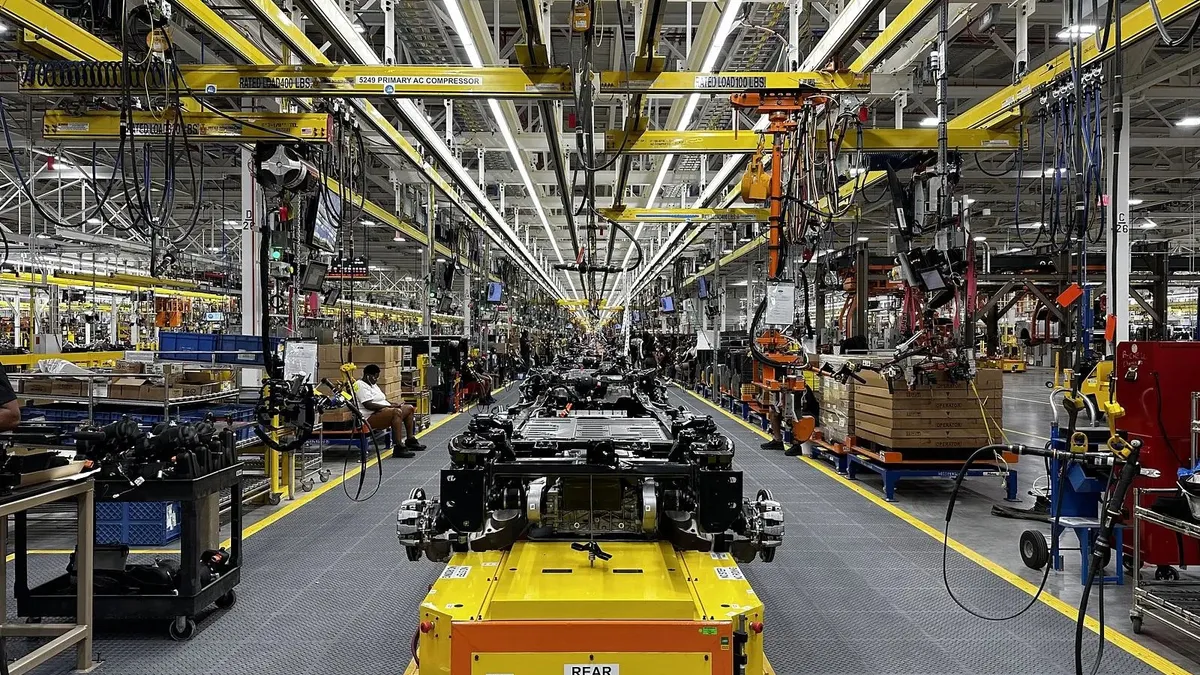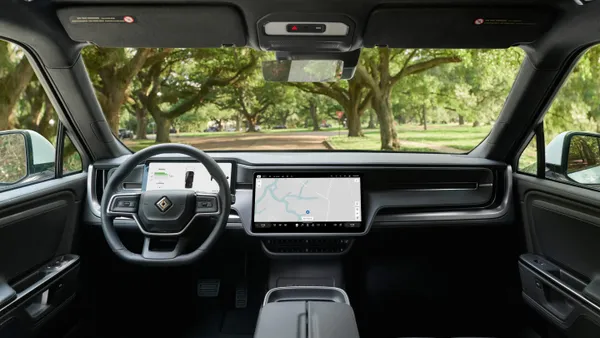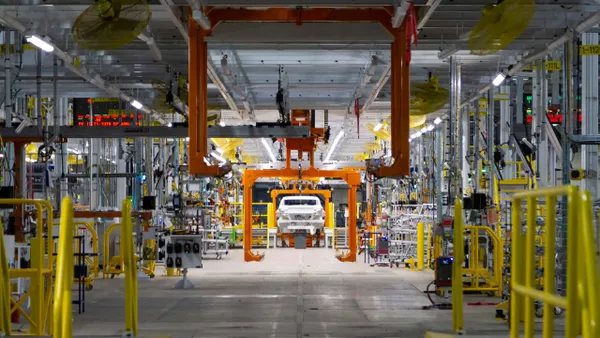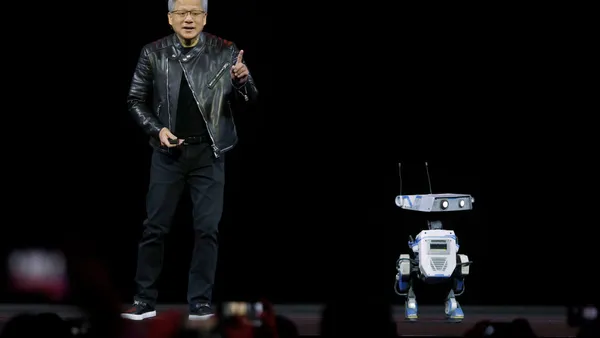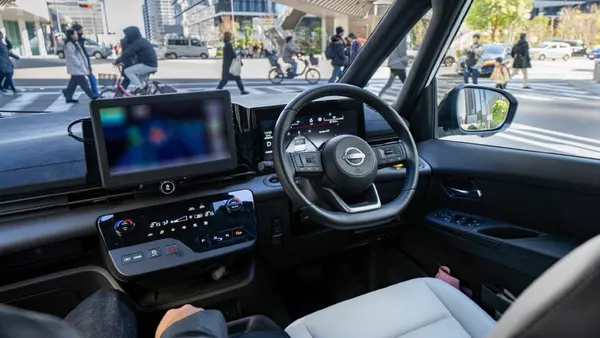Dive Brief:
- Shared mobility — ride-hailing, car-sharing and shared bikes and e-scooters — could disrupt urban transportation in the coming years, said Kersten Heineke, co-leader of the McKinsey Center for Future Mobility.
- In a December survey of more than 30,000 mobility users in 15 countries, the consulting firm found that over 25% of respondents living in urban areas said they were considering getting rid of their private vehicles in favor of other transportation options.
- “In an ideal world, at a certain point in time, everybody who lives in a larger city or in an urban environment has the chance to have multiple mobility options at their fingertips,” Heineke said in an interview.
Dive Insight:
In less than 15 years, shared mobility has gone from a novelty to a routine form of transportation for residents of cities around the world. Uber and Lyft have grown from small startups to serving tens of millions of riders a year combined. In 2021, shared micromobility users racked up 121 million trips on bikes and scooters in the U.S., according to data from the National Association of City Transportation Officials.
In the McKinsey survey, between 27% and 30% of respondents said they would use ride-hailing, micromobility and car sharing more in the future, whereas just 7% to 14% said they would use those modes less. This shift from private vehicles to shared mobility will challenge cities to adapt, according to Heineke.
“If we think about sizeable fleets of shared vehicles in cities, we will need to either repurpose parking garages or create new spots, new spaces where these vehicles can be cleaned, maintained, parked whenever they’re not in operation,” he said. Cities will need to establish “virtual stops” for shared vehicles to load or unload passengers, much like a bus stop, he added.
Cities also will need to oversee the private-sector parties that bring these services to market and collaborate with public transportation authorities to properly manage the coming changes in the urban transportation landscape, Heineke said. For example, 27% of survey respondents said they were willing to use shared autonomous shuttles instead of public transit. These include vehicles such as those made by Amazon-owned Zoox, which began testing its AV shuttles in the San Francisco Bay Area in California this year and is operating them on public roads in Las Vegas.
Heineke said autonomous vehicles will be used in shared, on-demand service, but “the system would have to be designed in a way that it actually complements public transport and that it replaces private vehicles.”
The move away from vehicle ownership to shared mobility will also test the auto industry, Heineke said, “because ultimately, if you do share vehicles, the amount of vehicles that you’re going to need is lower.”
Some automakers have tested the market for vehicle subscriptions, in which consumers pay a monthly fee, similar to a lease, but which also includes insurance and maintenance and is generally for shorter durations, fitting between rentals and long-term leases. While these subscription models haven’t caught on to date in the U.S., according to WardsAuto, some auto companies expect the idea to succeed eventually.
According to McKinsey, consumers are driving the shift toward more shared mobility options. Cost is one factor: The average price of a new car last month was over $48,000, according to Kelley Blue Book. Added to that, Heineke said, is people’s dislike of commuting or being stuck in traffic. “We also see that many consumers are considering the environment more significantly and the emissions of their respective trip more significantly when choosing a mode of transport,” he added.
Disclosure: Smart Cities Dive, Automotive Dive and WardsAuto are owned by Informa. WardsAuto has no influence over Smart Cities or Automotive Dive’s coverage.



